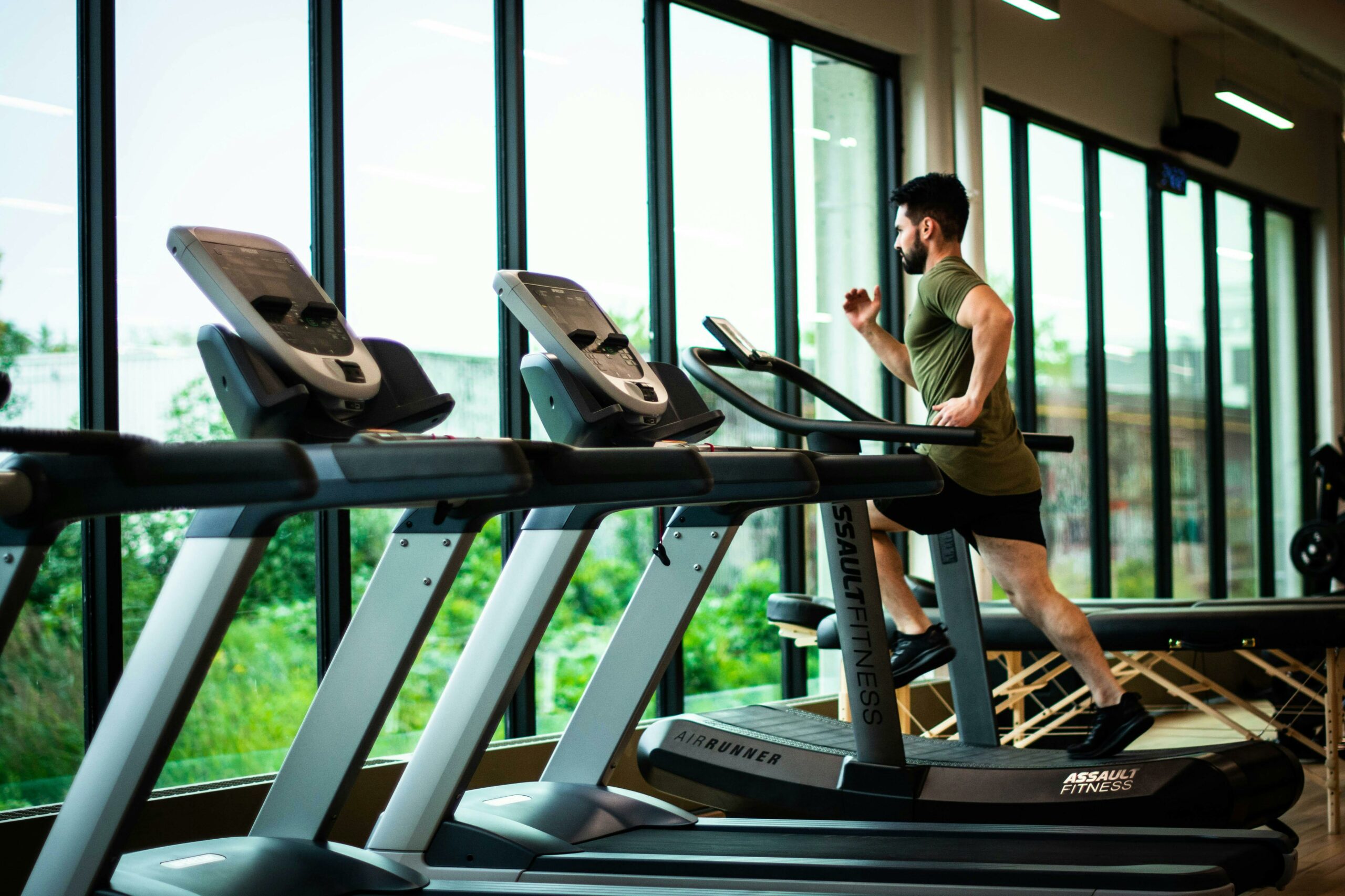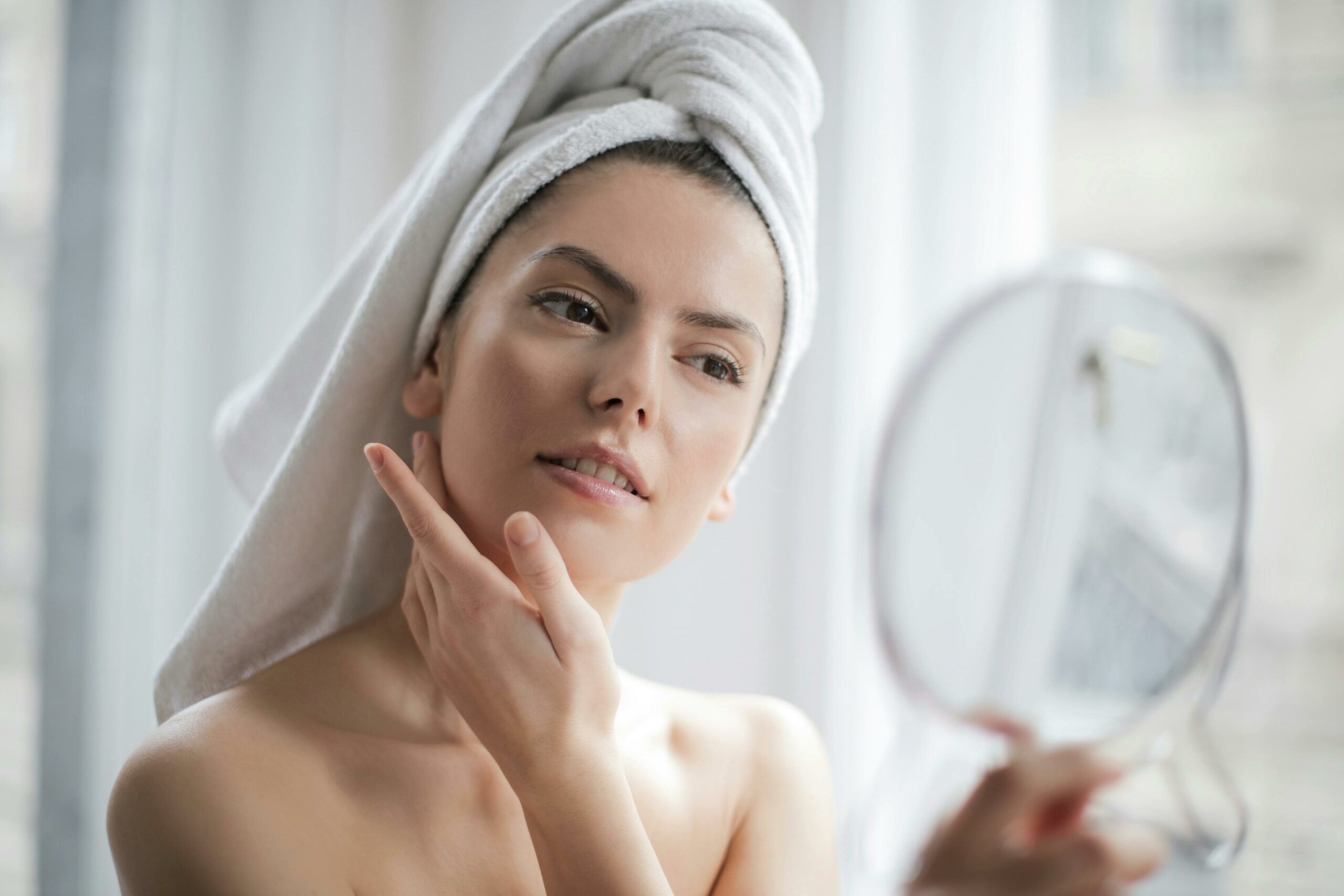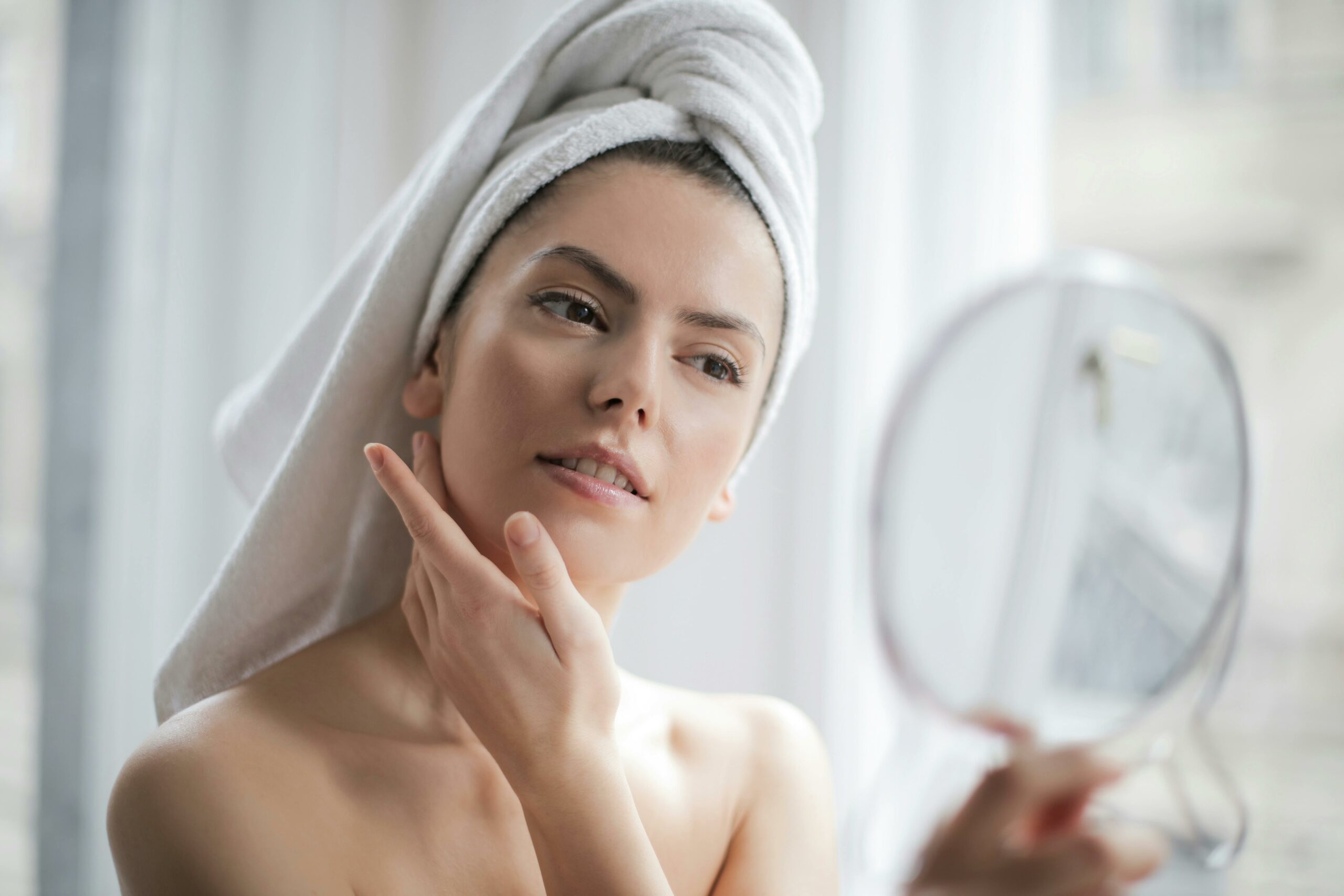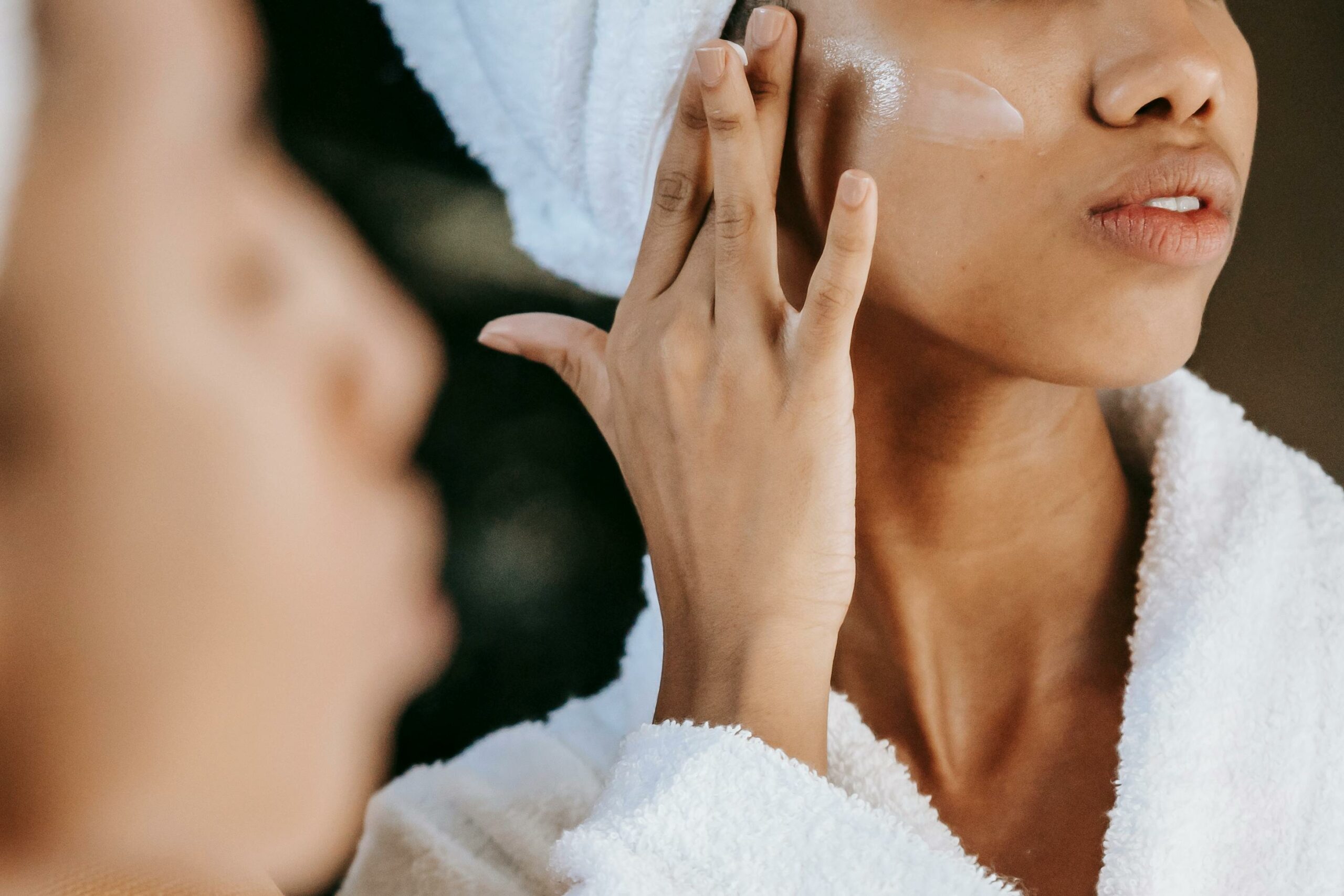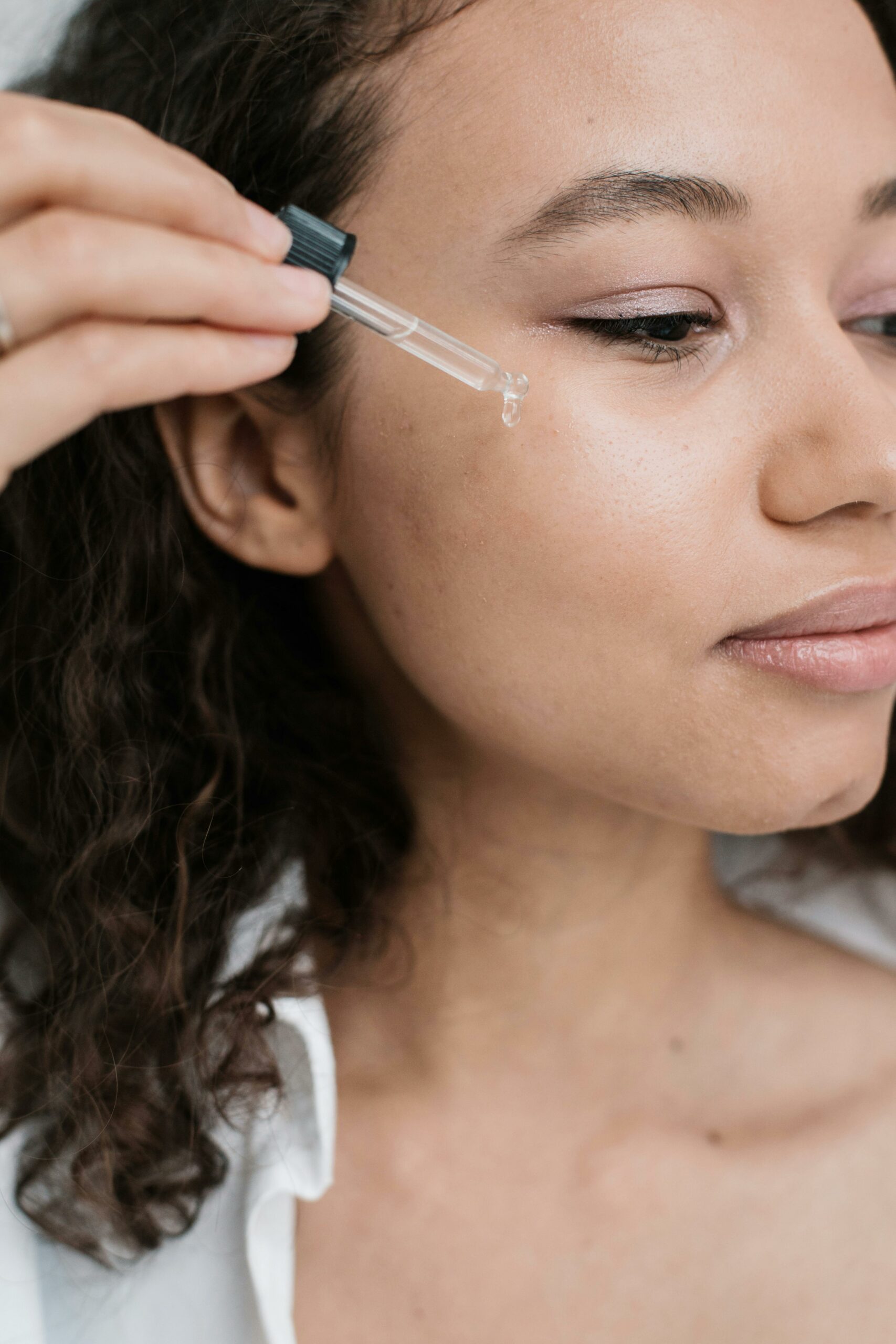There are all sorts of exercises you could be doing to get your cardio workout in. Some of them, like jump rope and cycling, are better than others.
But if you are wanting the best bang for your buck, there’s only one option, and it takes place on a rowing machine. In this article, we reveal 7 compelling reasons why you should be using a rowing machine for your cardio workouts.
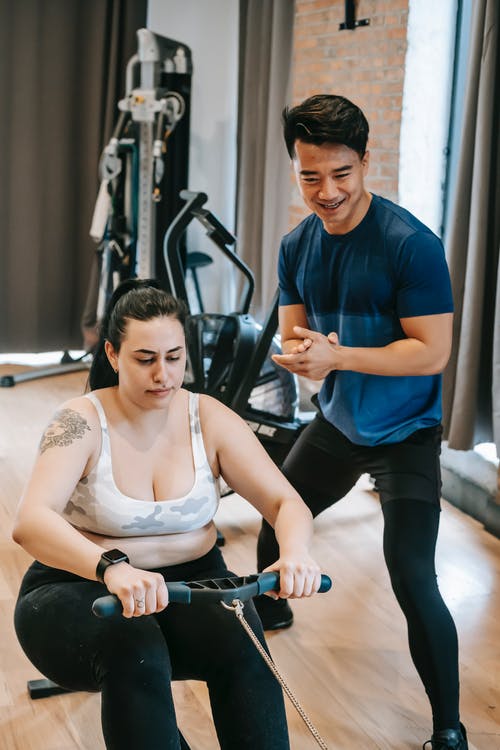
Rowing Works Your Whole Body
The vast majority of cardiovascular exercises focus on the lower body. That’s because most of them are built around some form of running motion.
That’s great for your quads and hamstrings but it doesn’t do anything for your back, shoulders, or arms.
But rowing does.
Rowing actively involves 85 percent of the muscles in your body. That makes it a full-body cardio workout. In addition to strengthening your muscles, the full-body rowing action will burn more calories and make your heart and lungs work harder.
Rowing is Very Low Impact
As already mentioned, most cardio exercises involve some variation of running. That means that most of them involve lifting the foot off the surface that it is on and then putting it back down again.
Every time that happens, there is a foot strike impact on the ankle, knee, and hip joints.
With most cardio exercises, the more intense you are working out, the more impact your joints will experience. But that is not the case with rowing.
Rowing is a close chain exercise. That means that your foot never leaves contact with the surface. As a result, there is no foot strike involved in the rowing action.
This dramatically lessens the impact on your joints. Yet, rowing does more than not make your joints worse, It actually makes them better.
A 2014 study had 24 study participants working out on a rowing machine for 8 weeks. At the end of the study, it was shown that the ability to rotate the knee, shoulder, and elbow joints improved by 30 percent.
Reduced Post Workout Soreness
With most cardio exercise choices, there is a significant amount of delayed onset muscle soreness (DOMS) in the hours and, depending on the intensity of the workout, days after the workout.
When you choose rowing as your cardio exercise of choice, however, you will experience a reduced level of DOMS.
Rowing primarily involves concentric movement where you are pulling your arms in toward your body as you push your legs out to full extension.
The majority of DOMS soreness, though, results from eccentric exercises, such as the lowering part of a barbell curl. That means that you won’t feel as sore afterward in the wake of a rowing workout.
Core and Glute Centric
Rowing does a very effective job of activating your glutes, which happen to be the largest muscle in your body. This improves your lower body power base, increases your hip mobility, and improves your posture.
At the same time, rowing works the core, as it works to stabilize and control your body throughout the rowing action. A strong core will enhance your balance and stability.
Great for HIIT
High-Intensity Interval Training, or HIIT, is a form of cardiovascular training that has become very popular. It involves doing short sharp bursts of intense exercise followed by even shorter rest periods for repeated rounds.
HIIT has been shown to more effectively burn calories and produce cardiovascular benefits than conventional steady-state training.
HIIT also brings on the excess post-exercise oxygen consumption (EPOC) effect resulting in increased metabolism for up to 24 hours after the workout.
The problem with doing HIIT with most forms of cardio is that it is very high impact. This is especially the case with running, whether it is done on the road or on the surface of a treadmill.
When you do your HIIT workouts on a rowing machine, however, there is virtually no impact whatsoever. That makes rowing an excellent tool to use when you want to up the tempo with HIIT workouts.
You can also adjust the resistance levels on a rowing machine as you progress to increase the difficulty of your workout. Read Start Rowings’ best rowing machine guide to get more information on the different types of machines available.
Rowing Builds Power
Developing power is not the primary goal of cardiovascular exercise. But it is a great bonus. Unfortunately, most cardio training options do not do a very good job of increasing your power output.
We can define power as the ability to produce maximum force in a minimal amount of time. Power is required in the rowing action when you push back with your quads and glutes and your lats and deltoids as you row the handle towards your body.
As well as enhancing your lower and upper body power, rowing will also increase your muscular endurance, which is the ability of your muscles to keep working for an extended period.
Rowing will increase the volume and the efficiency of the mitochondria to improve energy output and, therefore, improve overall endurance.
Rowing is Great for the Herat and Lungs
Cardiovascular exercise is designed to improve the strength and efficiency of the heart and the lungs. Rowing achieves those goals as good, if not better, than any other form of exercise that exists.
The heart and lungs are representative of the cardiovascular system. This system is responsible for moving the nutrients, oxygen, and other compounds that you need to function around your body.
The intensity of rowing means that the cardiovascular system has to work hard to transport the blood around the body to fuel the workout. As a result, the heart gets stronger, making it a more efficient pump.
Summary
We’ve all only got so much time to work out. So, it makes sense to select the very best exercises to make optimum use of that investment in ourselves.
After reading this article, I’m sure you agree that, when it comes to cardio workouts, nothing beats spending time on the rowing machine.
If you haven’t already done so, why not get started with your own rowing program this week?

